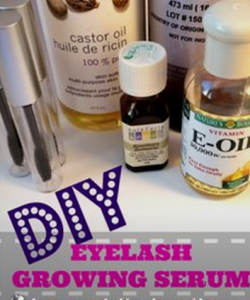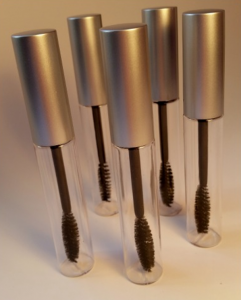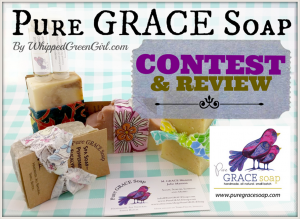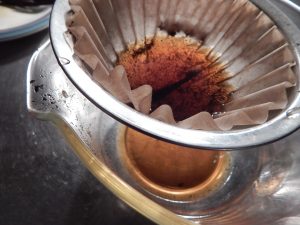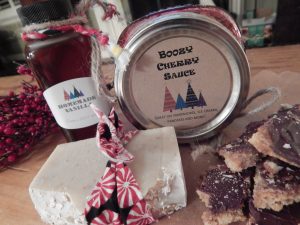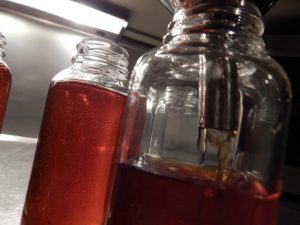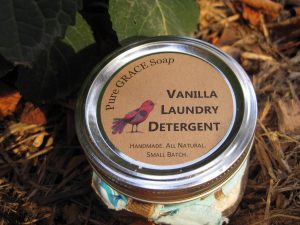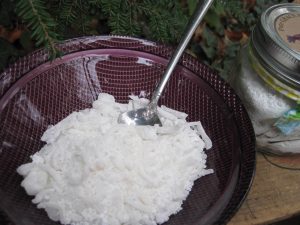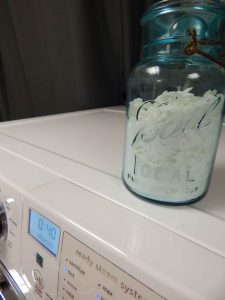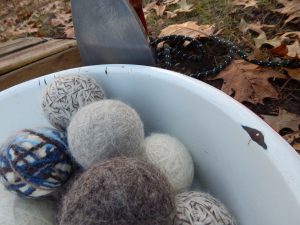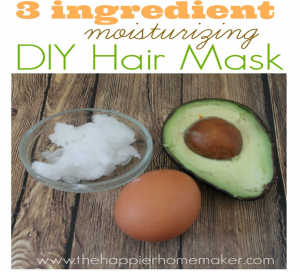
Photo courtesy of the Happier Homemaker
As I mentioned a few weeks ago one of the projects I want to tackle this summer was trying some natural recipes that M. GRACE and I find interesting and hopefully you do as well. The first tutorial we posted about was the DIY Eyelash Growing Serum from Whipped Green Girl. Today we are intrigued with the 3 Ingredient Moisturizing DIY Hair Mask from The Happier Homemaker.
I love the personal reason Melissa from The Happier Homemaker mentions for her need to develop this recipe because I too love my hot iron. Plus she’s right about the wonders and benefits of coconut oil. This recipe is fantastic because it needs only 3 ingredients and I like things to be as simple as possible.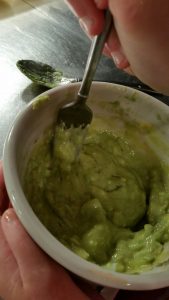
M. GRACE (8) and I made this recipe per the directions. Actually she did all the mixing including cracking the egg. She added the coconut oil to the bowl first, then the avocado and mashed them together. Finally she added the egg and mixed again. I began to work the mask into M. GRACE’s hair. Melissa mentioned the coconut oil will warm up in your hands and traditionally this does happen for me but since the egg and avocado were both straight out of the fridge I was having trouble getting the oil to warm and mix into the rest of it. M. GRACE has pretty short hair for a girl so I worked plenty of mask into her hair and sent her to go look at herself in the mirror. I wanted to try the mask as well and there was plenty left but first I warmed it in the microwave for about 30 seconds and it was long enough to begin the melting of the coconut oil. I was able to smooth out the oil and really incorporate it into the mask mixture better than before and it made the process much easier for me. I had enough mask left to do my whole head of above the shoulder but thick hair.
M. GRACE and I enjoyed wearing this mask for about 15 minutes and then rinsed it out. She was most thrilled that the water came out green. Our hair felt great and looked shiny, fuller and softer. We will probably try this treatment again possibly once every 2 weeks like The Happier Homemaker recommends. We would definitely recommend this mask to our readers.
If you end up trying this recipe we would love to hear about your experience in the comments.



